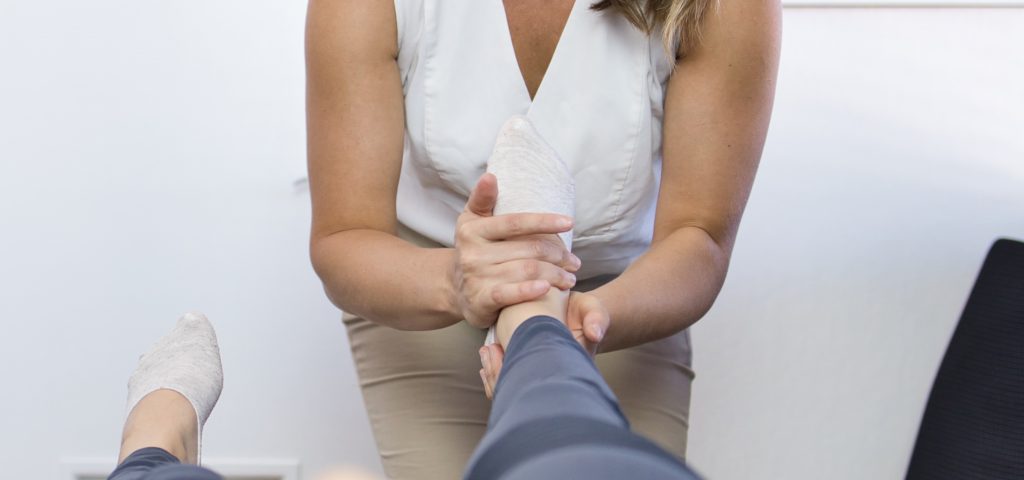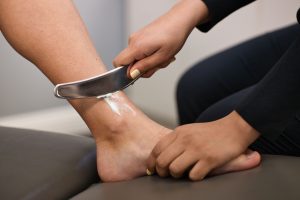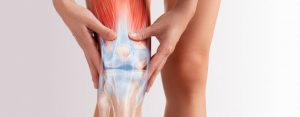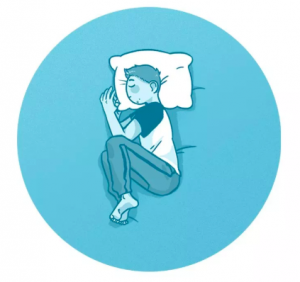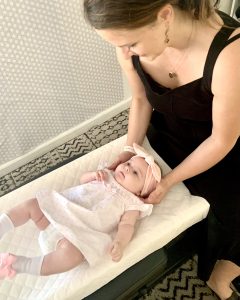Foot pain has various underlying causes depending on the structures involved. Muscles, ligaments, tendons, fascia, bones and joints are all susceptible to trauma, degeneration, injury, or stress and can create pain in the foot. Your foot contributes to your gait cycle, weight bearing capabilities and acts as a stabilizer for the entire body.
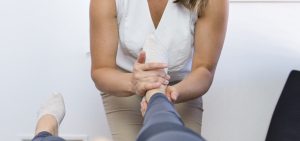
Movements at the Foot
- Inversion – sole of the foot moves toward the midline of the body
- Eversion – sole of the foot moves away from the midline of the body
- Abduction – moves away from midline of body
- Adduction – moves towards midline of body
- Plantarflexion – foot moves away from calf
- Dorsiflexion – foot moves toward calf
The foot performs six main movements that can become restricted with injury or stress and influence your ability to walk and perform daily tasks.
Muscles of the Foot
There are numerous foot muscles that give the foot shape and provide it motion. These muscles can be strained or torn during injury or trauma; become tight or atrophy from disuse or poor posture; and contribute to the stability of your feet arches.
- Tibialis posterior – plantarflexes and inverts the foot; stabilizes the medial arch
- Tibialis anterior – dorsiflexes and inverts the foot
- Peroneus longus and brevis – evert the foot
- Foot extensors – dorsiflex the foot
- Foot flexors – plantarflex the foot
Ligaments, Tendons & Fascia of the Foot
Ligaments are a type of soft tissue made of collagen fibers that attach bone to bone. Tendons are fibrous connective tissue involved in for transmission from muscles to bones and joints. Fascia is a thin connective tissue that surrounds and supports bones, nerves, muscle fibers, blood vessels, and organs.
- Plantar calcaneonavicular ligament – three ligament complex that connects the calcaneus and navicular bones, maintains the medial foot arch
- Calcaneocuboid ligament – four ligament complex that connects the calcaneus and cuboid, maintains the medial and lateral foot arch
- Achilles tendon – the largest tendon in the body, connects the calf musculature to the calcaneus
- Plantar fascia – thick tissue that covers the bottom of the foot and creates arches.
Bones of the Foot
There are three groups of foot bones, which serve to bear weight and provide balance.
- Tarsals – organized into three rows, these bones help transmit weight of the body into the foot, serve as attachment sites for tendons and help create the arches of the foot.
- Metatarsals – located between the tarsals and phalanges
- Phalanges – bones of the toes
Joints of the Foot
Joints form the connections between bones, the main ones of the foot are listed below.
- Talocrural joint – ankle joint that allows for dorsiflexion and plantarflexion
- Talocalcaneal joint – ankle joint that allows for inversion and eversion
- Metatarsophalangeal joint – joints at the base of the toe
- Proximal interphalangeal joint – joints in the middle of the toe
- Distal phalangeal joint – joint at the tip of the toe
- Interphalangeal joint – in the big toe only
Common Causes of Foot Pain
- Ankle sprain – ligaments at the foot can get overstretched during injury and create extra laxity and instability at the foot
- Achilles Tendonitis – inflammation of the Achilles tendon, which attaches your calf muscles to the heel; common in runners
- Fracture (avulsion, stress) – a break in the bone; can cause the muscle to tear away from the bone (avulsion fracture) or be due to repetitive usage (stress fracture
- Plantar Fasciitis – inflammation of the fascia at the bottom of the foot that creates pain at the heel
- Metatarsalgia – pain at the balls of your feet, can be caused by running or wearing tight shoes
- Diabetic Neuropathy – chronic diabetes may damage nerves in your feet and lead to decreased sensation, pain and numbness in this area
Foot Pain Treatment
At Custom Chiropractor, we will first consult with you and ask questions about your foot pain and presenting symptoms. This will be followed by a thorough exam to determine the specific underlying cause of your pain – trauma, chronic stress, biomechanics, etc. We will use this diagnose to guide our treatment which may include manual muscle release, fascial scrapping, rehabilitative exercises, corrective taping and feet adjustments. Yes, we will adjust your feet!
Call our office today or book your consultation online now to get relief soon!
